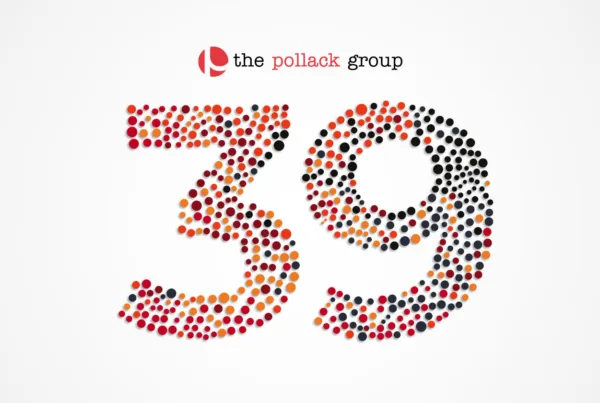By Noemi Pollack
The recently released Edelman Brand Relationship Index developed by surveying 13,000 consumers in 13 countries, pointedly showed that the average global relationship brand strength, (by their measure), is 38 out of a possible 100 points. The number is depressingly low, not nearly high enough for all the efforts that so many brands have expended over the last few years in seeking their customers’ trust and loyalty.
As much as Edelman should be lauded for embarking on this new territory (in addition to their well-established Annual Trust Barometer) focusing on an average should, as always, be taken with a grain of salt, so to speak. In the overall, it certainly helps to clarify the global status of how brands are generally viewed among today’s different generations (index points out that matures have the lowest at 28, while millennials have the highest at 44), but clearly the numbers tell only one story.
However, the existence of such an Index will naturally trigger individual brands’ curiosity, from global to local, as to where they stand, close to average, below or higher. The hard work will begin with marketers who surely will now want to analyze and evaluate what their actual scores might be, according Edelman’s consumer attitudes’ guidelines, which range from indifferent, interested and involved, to invested and finally, committed. Considering that the average score turns out to be just short of the invested stage, the question begs, what would each particular brand’s individual score be?
Clearly there are those brands that would arrive at the invested stage or even, for the very few, the committed stage. But what about those that somehow never got past the indifferent stage, or at the very least, the interested stage? What first steps could they take to improve their own scores?
There is really no magic bullet here. It all goes back to garnering media attention that attracts the consumer, whether paid, peer, or owned media. Edelman suggests that a mix of these is key at all stages, but in varying degrees. Agreed. But still, more important, is not so much the percentage of each medium used and when, but recognizing and analyzing a brand’s audiences, then segmenting them according to what is known about their readership and viewership habits, and finally coupling that information with the usual formula: what and how to tell the story, to whom, when and by what means and most of all, consistently.
Sadly, there is no formula for great storytelling. Given the analytics, it still requires a knack (or talent) for engaging a particular segment of any audience with an emotion that leaves a lasting impression, which inches toward changed consumer behavior. This is true of whether paid, earned or owned.
There is also no formula for the courage needed to activate change, even if the corporate comfort level goes against it. But now, thanks to Edelman, marketers can offer a rationale for activating it…





